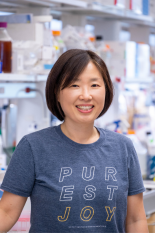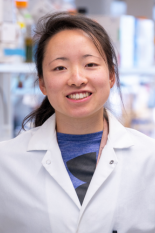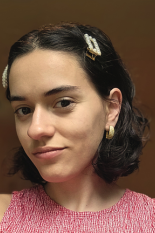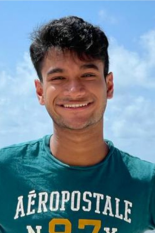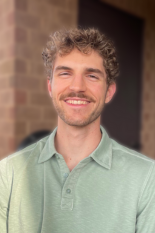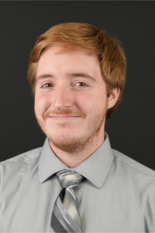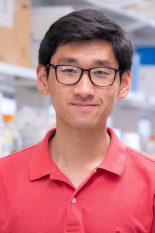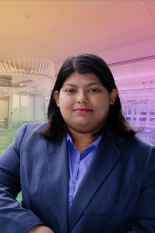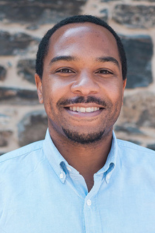News Story
Fischell Institute Spotlight: Darby Steinman
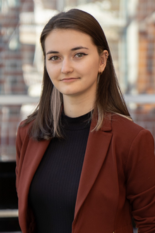
Darby Steinman is a second-year bioengineering Ph.D. student in Affiliate Fellow Hannah Zierden's laboratory. In 2022, Steinman received her bachelor's degree in biomedical engineering with a concentration in bioimaging and bioinstrumentation from Rensselaer Polytechnic Institute in Troy, N.Y.
While in high school, Steinman participated on the robotics team and in science fairs. She knew she wanted to study engineering in college and join a field with diverse research.
"I wanted to be able to try out different areas and be able to transition throughout my career," she said. "Bioengineering serves as an overlap of many different fields, allowing an extreme amount of interdisciplinary collaboration."
While at the University of Maryland, Steinman is grateful for how welcoming both the Fischell Institute and BIOE department have been.
"Many people working around me have become close friends,” she said. “I love the emphasis on community through Fischell Institute events and BIOE's Graduate Student Society (BGSS) outings.”
Steinman also appreciated BIOE's Research Advisor Match program, which allowed her to explore several different research focuses before joining Zierden's lab.
The Zierden Lab studies the role of the human microbiome on health and disease, specifically the role of bacterial extracellular vesicles (EVs) on reproductive and obstetric health.
EVs are lipid-bound nanoparticles found in all cells in the human body, including bacteria, which carry proteins and nucleic acids that facilitate cellular communication. During pregnancy, non-optimal bacteria in the lower female reproductive tract are associated with miscarriage, preterm birth, and preeclampsia. Zierden and the lab members hypothesize that this may be due to microbe-host communication facilitated by EVs.
Steinman is currently characterizing EVs from several different strains of vaginal bacteria to determine the physical characteristics that may contribute to adverse pregnancy outcomes. Differences in size, concentration, or surface charge may allow EVs to travel more quickly through the human body.
Steinman is also interested in how the placenta, as the primary mediator of fetal development, responds to EVs.
After completing her doctorate, Steinman hopes to continue working in women's health. "Women's health is understudied, and I hope to be able to assist in bridging this gap," she said.
Outside of the lab, Steinman enjoys participating in the university's intramural sports programs. "The fields are not far from A. James Clark Hall, and it is a great way to hang out with friends outside of work," she said.
Steiman also spends time with her cat, Milli, and likes reading, making arts and crafts, playing video games, and watching Netflix.
Published November 9, 2023

